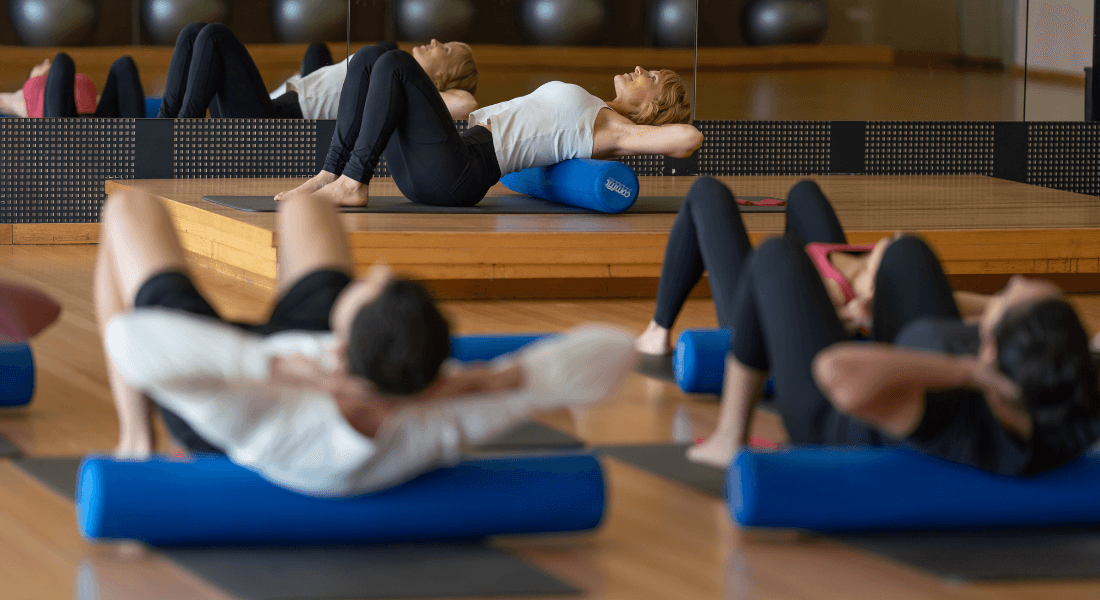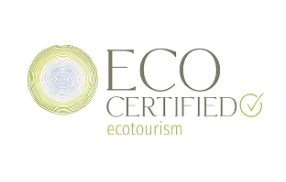Physical activity is essential for maintaining healthy function of the circulatory system, immune system, posture and strength. It also leads to improvements in endurance, overall energy and will help with optimal functional movement.
Although we've become increasingly aware of the vast benefits of regular exercise to our physical and mental health, for many of us, there just isn't enough time in the day. In fact, recent data tells us that 15 years ago, the average 30-year-old did an additional 9 kilometres of movement per week compared with that same age group today.
Drastic changes like this really reflect how our world is changing and how quickly we've reduced the amount of movement we do each day. This is why we are so passionate about the origin of our movement philosophy and how we use movement to enhance the lives of our guests.
Where our movement philosophy originates from
Karl Ostrowski developed the Gwinganna Movement philosophy. He holds a Diploma in Sports Science and a Human Movement Science Degree with Honours. He is also a published researcher and key presenter at Gwinganna.
Karl tells us that the movement philosophy's fundamental focus was to stand the test of time and remain relevant for our guests for many years to come.
"Yes, we created something not trend influenced. Science can be misinterpreted, especially when consumed by the non-scientists and science can be limitative and look at phenomenal things in exclusion. In our everyday world, things don't work in exclusion. They work in integration with everything else."
When Karl began creating the Gwinganna movement philosophy, he looked to our ancestral habits and anthropology to indicate how our bodies should move.
This decision has proven to have been the right one as supporting research continues to surface.
Looking at the evolution of human history, Karl discovered three prominent movements.
“Looking at the movement patterns from history, these show that people moved sporadically, often very intensely and when movement was performed for a long period, it was rather gentle. It would appear that we didn't move with long duration and intensity simultaneously. We didn't push our bodies hard for really long periods.”
Through his comprehensive research, Karl found humans were heavily involved in interval training, resistance training and incidental exercise.
It’s these three main exercises that formed the foundation for Gwinganna’s movement philosophy.
How we implement our movement philosophy at Gwinganna
At Gwinganna, we recognise the lifestyle shifts taking place in our current climate. More and more people are working overtime, experiencing high stress levels and not adequately looking after their mental and physical selves. In Gwinganna terms, people tend to live more yang-oriented lives.
To avoid pushing our adrenal glands to fatigue with too much high intensity, it's vital that we balance exercise options and include both yin and yang activities.
Yang-based exercises involve expending a lot of energy at a high level of intensity. At Gwinganna, we choose to perform yang activities in the form of spinning, boxing, interval training and running. These work both the aerobic and the anaerobic systems that build upon alternating short, high bursts of activity with slower recovery phases.
Yin based activity involves slow-paced exercises that encompass participation of mind, body and spirit. Our Gwinganna yin based activities include yoga, Pilates, Qi Gong and walking.
When it comes to deciding which type of exercise to do, we encourage our guests to listen to their bodies and avoid planning ahead. By acting on intuition rather than schedule, guests bring themselves inward to better understand what their body is asking for at that moment.
You can learn more about our movement philosophy on our Wellness Activities page or pick up a copy of our Wellness at Home Book for four practical movement guides, including Five Essentials and Qi Gong.
Alternatively, you might prefer our Wellness at Home Online resource for eight activity videos, six meditation sessions and much more.





